Shortly after we filmed this video, Sam and I took a family vacation to Costa Rica. It had been on my bucket list for a long time and the time was right. So this was a rare example of where we filmed the video first and then actually took a visit to the country.
I have a feeling Sam thinks we might be able to go to every single country after we document its food. How cool would that be? How expensive would that be?
THE CUISINE
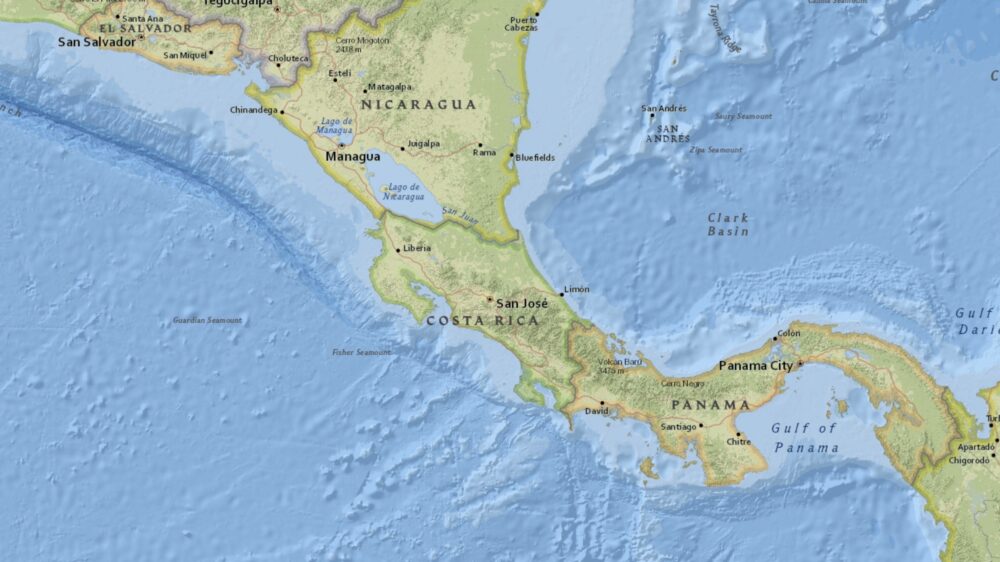
I often heard Costa Rica referred to as “the poor man’s Hawaii”. If that’s true, I am happy to be poor.
The Caribbean country is located right in the center of Central America between Nicaragua and Panama. It has two coasts: one along the Caribbean Sea and the other along the Pacific Ocean.
We had the great opportunity to visit the country a few months after filming this video. While I am by no means an expert on the food, I did get a taste of it, especially in the interior and Pacific side.

The main staple of the country is rice and beans. They are served together at dinner and then mixed together at breakfast (as Gallo Pinto – see below).
Another major crop that has been important to this region since the time of the Mayans and Aztecs is maiz, or corn. This figures into many dishes from empanadas to tamales to chorreadas (also see below).
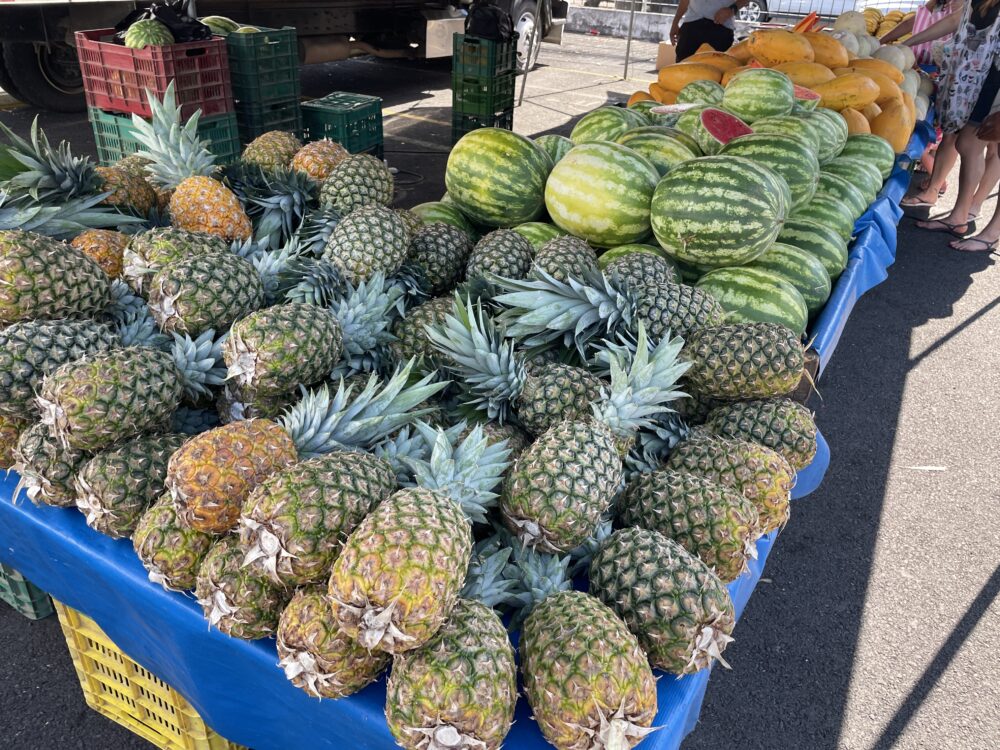
Starchy vegetables (like potatoes, plantains, yucca), along with tropical fruits make for hearty and nutritious dishes.
While cooking at home is very important to the people (known as ticos), you can also find a large number of sodas, which are traditional casual restaurants, throughout the country. These were by far our favorite places to eat.
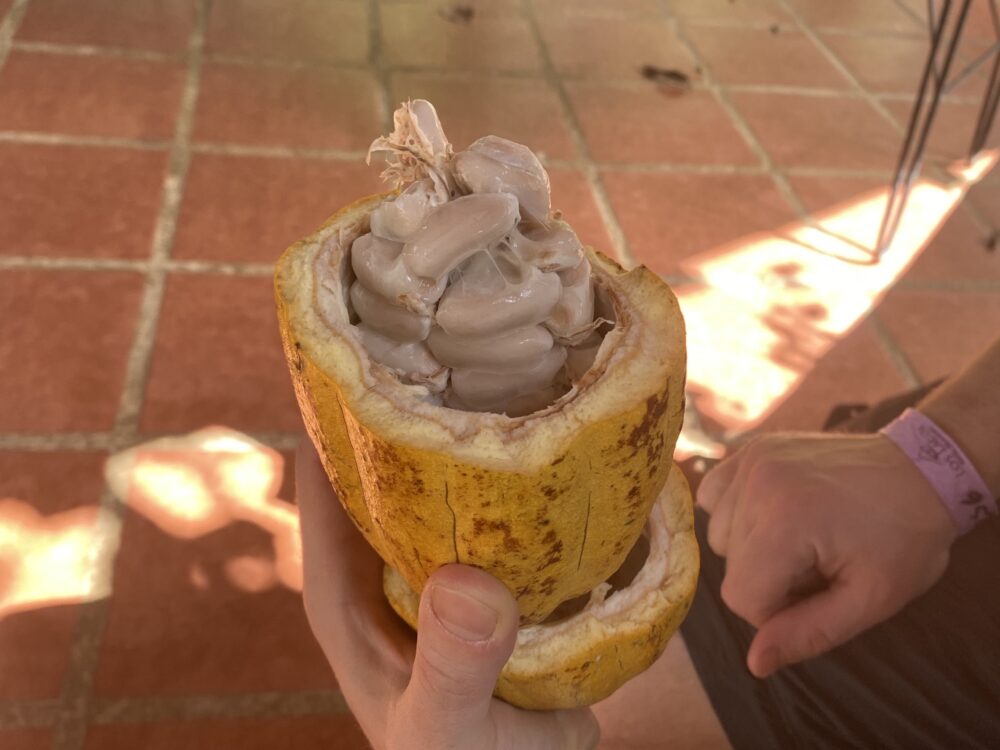
And, of course, can’t talk about Costa Rica food without mentioning two of its most important and delicious crops: coffee and chocolate!
Traditional Dishes:

CASADO – these are at every single soda across Costa Rica and they vary from day to day; essentially Casado (which means “married man” in Spanish”) is a plate full of food with a protein, a side of rice, beans, salad, and maybe some other special dish; these are very popular at lunch
SOPA NEGRA – this striking black soup is made from dried black beans and lots of vegetables; it is usually also garnished with a hard boiled egg

OLLA DE CARNE – this flavorful soup/stew consists of tender beef pieces, lots of hearty vegetables (like carrots, potatoes, and cassava) and a side of rice
CEVICHE – while other countries (like Peru and Mexico) may be more famous for their ceviche preparations, the fresh fish found along the coast in Costa Rica makes this marinated fish dish hugely popular in certain areas of the country
COSTA RICAN FOOD IN NEW YORK
Considering how many New Yorkers vacation in Costa Rica, it’s amazing there is not a single Costa Rican restaurant in the city.
There are of course some Puerto Rican and Dominican restaurants selling similar Caribbean dishes, but nothing that is distinctly Costa Rican.
One more reason to just book a flight to the country itself.
THE VIDEO
Sam is in constant amazement in this video constantly exclaiming “Oh my God!”
He is very competitive when it comes to making the batter for the chorreadas and is very intrigued by the intoxicating smell of Salsa Lizano (but will he taste it???)
I’m not sure after the video he was immediately drawn to going to Costa Rica, but having now been, he is very happy we got to experience it. And can’t wait to go back.
THE DISHES
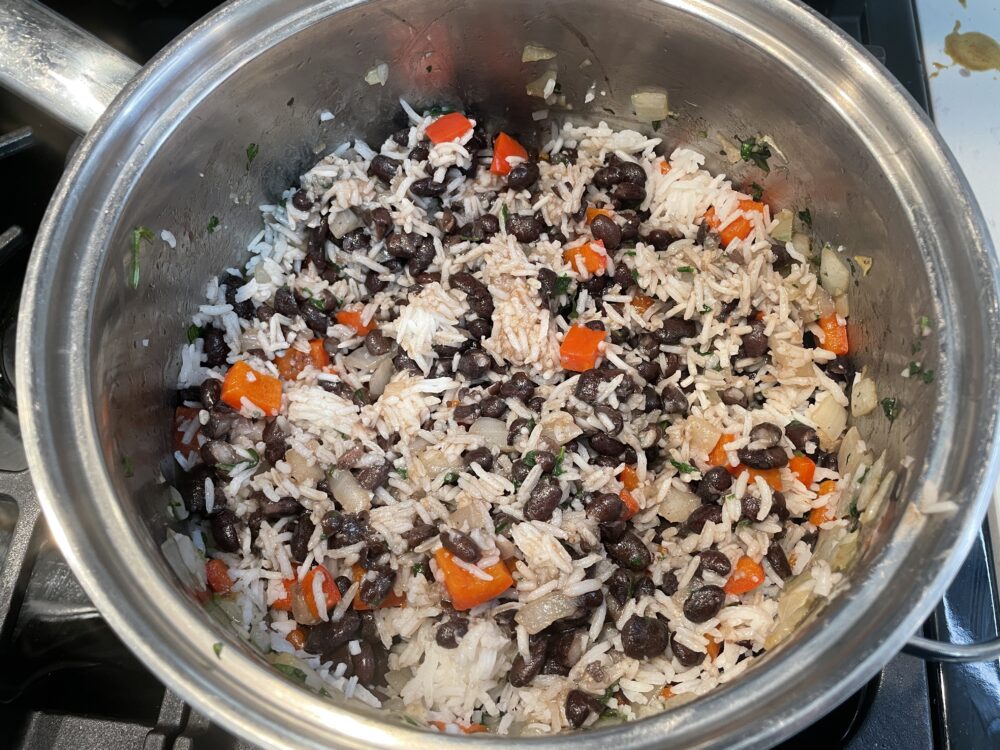
I believe we had Gallo Pinto at every single breakfast in the country. It’s as ubiquitous as toast would be in the US. It has to be part of the meal.
This, like many dishes, was created to avoid waste. Leftover black beans and day old rice are brought back to life in a pot with onions, red bell peppers, cilantro, and Salsa Lizano (see below).
There are variations of the dish depending upon the region – some use red beans and others may use coconut milk. But the version I found seems to be the most common.
The name Gallo Pinto translates to “spotted rooster” due to the specks of black beans among the rice that look like spots. Why the rooster – I have no idea. Sam also thinks “spotted” might mean the rooster was caught or, “spotted”.
This is often served with fried eggs, fresh cheese, and plantains.

Since we are doing breakfast, we also decided to try our hands at another traditional Costa Rican breakfast dish: chorreadas.
This is usually served not with maple syrup, but with honey and sour cream. Although when we visited Costa Rica, Sam was able to track down the maple syrup for his pancakes.
Chorreada is probably a very old recipe since corn (or maiz) was harvested during Aztec and Mayan times. Both of these dishes can be found all over Costa Rica in “sodas”, which is the term for a traditional restaurant. You’ll find the locals (known as ticos) eating both of these dishes for breakfast or a mid-day snack.
THE RECIPES
inspired by
Recipe Card

Gallo Pinto from Costa Rica
Description
This traditional breakfast dish combines leftover rice and beans with fried onions, peppers, and a secret ingredient that is very important to Costa Rica
Ingredients
Instructions
Night Before
-
Cook rice and black beans.
-
Reserve the cooking liquid of the beans. Refrigerate all overnight.
Make Gallo Pinto
-
Heat vegetable oil in skillet over medium heat.
-
Add chopped onion, garlic, red pepper, cilantro, and salt.
-
Cook until onions are translucent
-
Add black beans with reserved liquid and toss well.
-
Add cooked rice and toss until the rice breaks up and everything gets heated.
-
Add Salsa Lizano and mix well.
Recipe Card

Chorreadas from Costa Rica
Ingredients
Batter
Cooking Pancakes
Instructions
Make Batter
-
Blend corn kernels and milk in food processor or blender. Blend it to a fine consistency.
-
Add melted but cooled butter to the blender and mix.
-
Next add eggs, sugar, flour (is using) and vanilla. And continue to blend until smooth.
Cook Pancakes
-
Heat vegetable oil and butter in frying pan or skillet over medium high heat.
-
Once hot, add a 1/4 cup scoop of the batter. Add more scoops making sure to keep space between them.
-
Cook until they start bubbling and browning on one side.
-
Carefully flip and cook through on the other side.
-
Serve with honey and/or sour cream.
Nutrition Facts
Servings 4
- Amount Per Serving
- Calories 302kcal
- % Daily Value *
- Total Fat 15.7g25%
- Saturated Fat 7.2g36%
- Cholesterol 106mg36%
- Sodium 152mg7%
- Potassium 265mg8%
- Total Carbohydrate 36.4g13%
- Dietary Fiber 2.5g10%
- Sugars 15.98g
- Protein 7.1g15%
- Calcium 41 mg
- Iron 3 mg
- Vitamin D 14 IU
* Percent Daily Values are based on a 2,000 calorie diet. Your daily value may be higher or lower depending on your calorie needs.
SPECIAL INGREDIENTS
Salsa Lizano
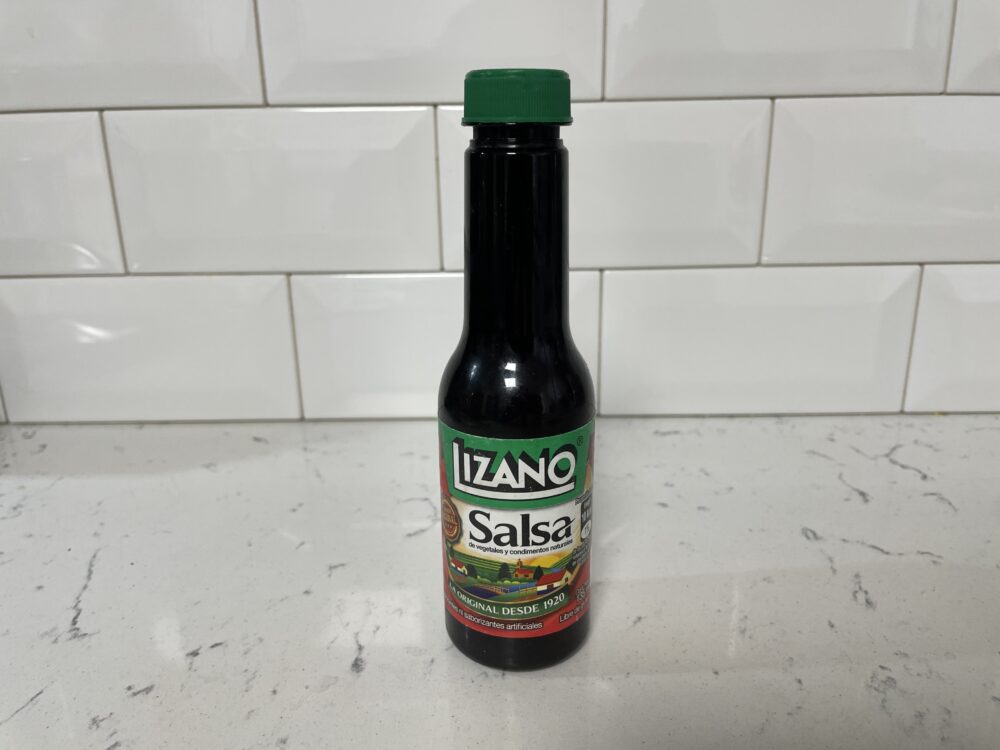
I learned if there is one food stuff or ingredient that is wholly Costa Rican, it is probably Salsa Lizano.
If we hadn’t learned all about it and ordered a bottle for this experiment, we might not have known to use it on every dish we had in Costa Rica. It’s often sitting on the table like a bottle of ketchup and it is the most amazing flavor enhancer ever.
Salsa Lizano is essentially a brand of sauce that was developed in the 1920’s. The concoction was created by don Pröspero Jiménez and became so popular it was sold to a big company. It is still uniquely Costa Rican and can be found everywhere in the country.
The flavor is not so different from Worcestershire sauce with salty, savory, and slightly tangy notes. It’s made from vegetables and spices, like cilantro, garlic, turmeric, carrot, tomato, onion, paprika, and more.
It is very much associated with Gallo Pinto and while some of the sauce goes into the recipe, it is worth adding more on top.
If you stumble across a bottle of this, be sure to buy it and add it to everything!
HOW WE SCREWED IT UP
I actually think we did really well with the Gallo Pinto. It’s a rather simple recipe to make as long as you use leftover rice and prep the beans the night before.
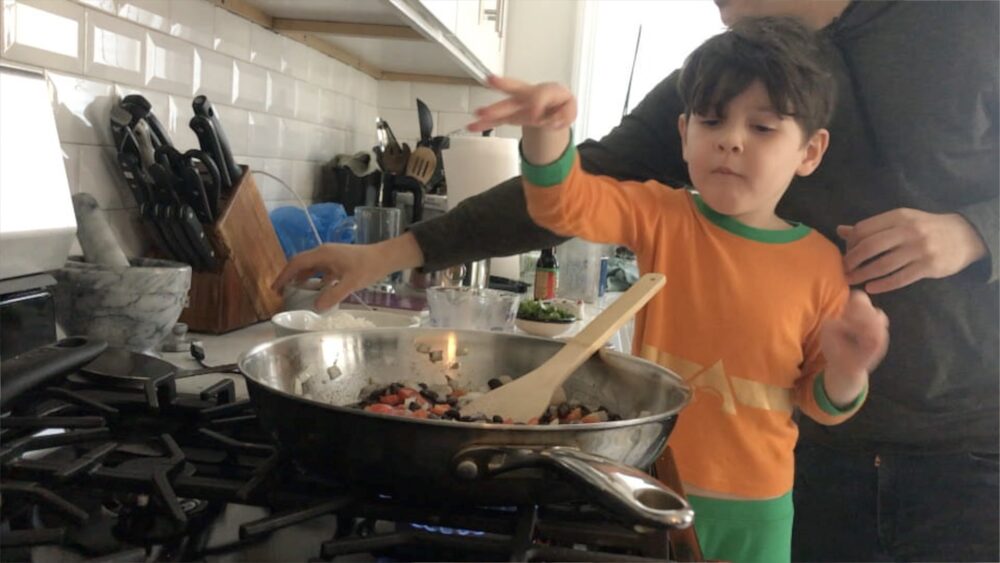
The Salsa Lizano puts it over the edge in terms of flavor. I might have put a little bit more into the pan itself, although adding it later certainly helped too.
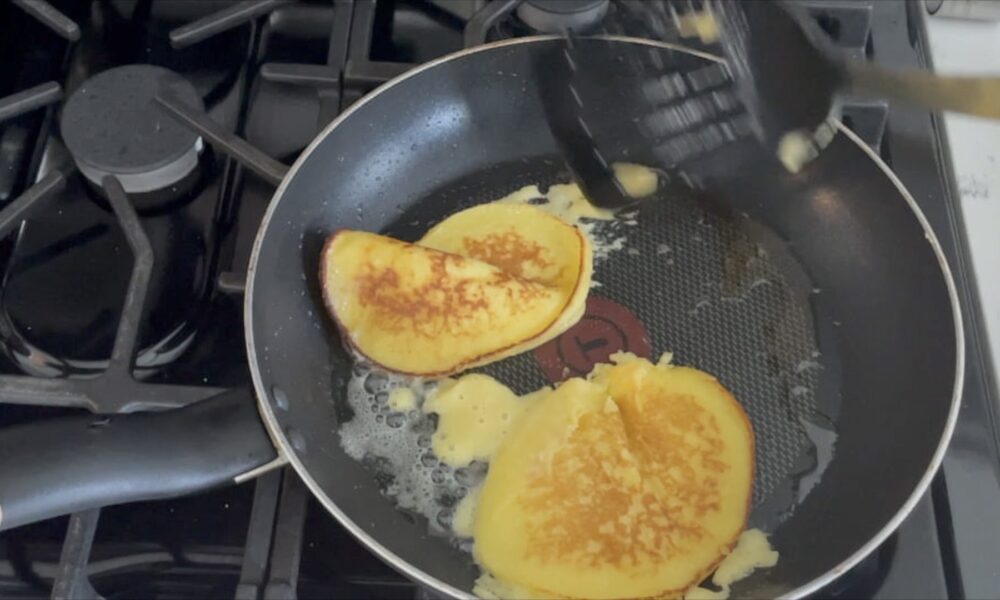
Things were a bit messy with the chorreadas, as is sometimes the case with pancakes if you don’t get the pan hot enough.
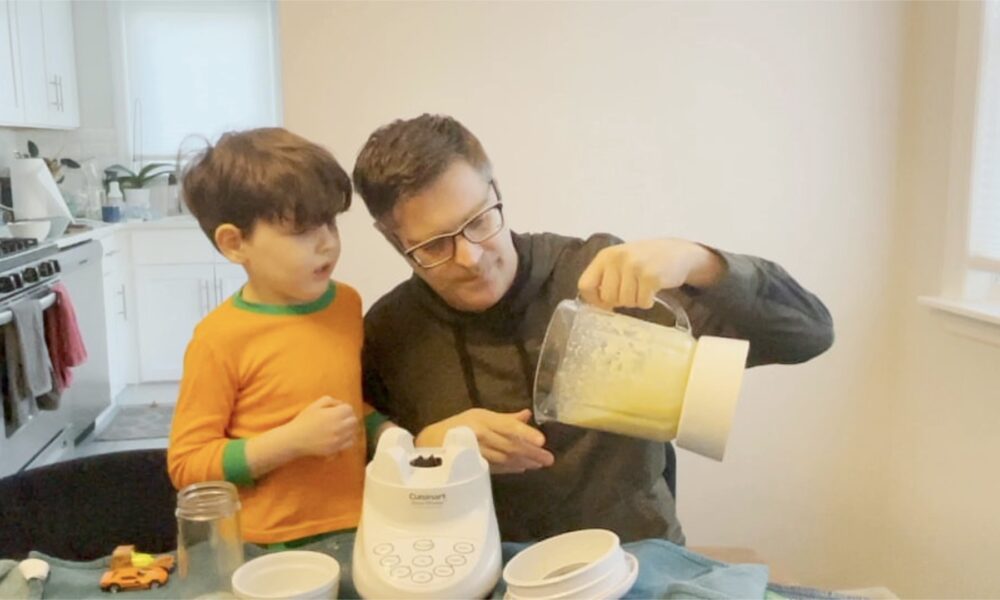
We did have a tough time blending the ingredients into a workable batter, but once we did, we were able to brown a few nicely.
I wish we had traditional Costa Rican sour cream (natilla) but what we did have helped cut the sweetness. I might cut down on the sugar a bit next time, especially if honey is going on top as well, which if Sam has anything to say about it, it most certainly will.
SAM’S REACTION
Sam was super helpful throughout this episode and kept commenting about how good everything looked and smelled. He specifically liked the umami scents coming from the Salsa Lizano.
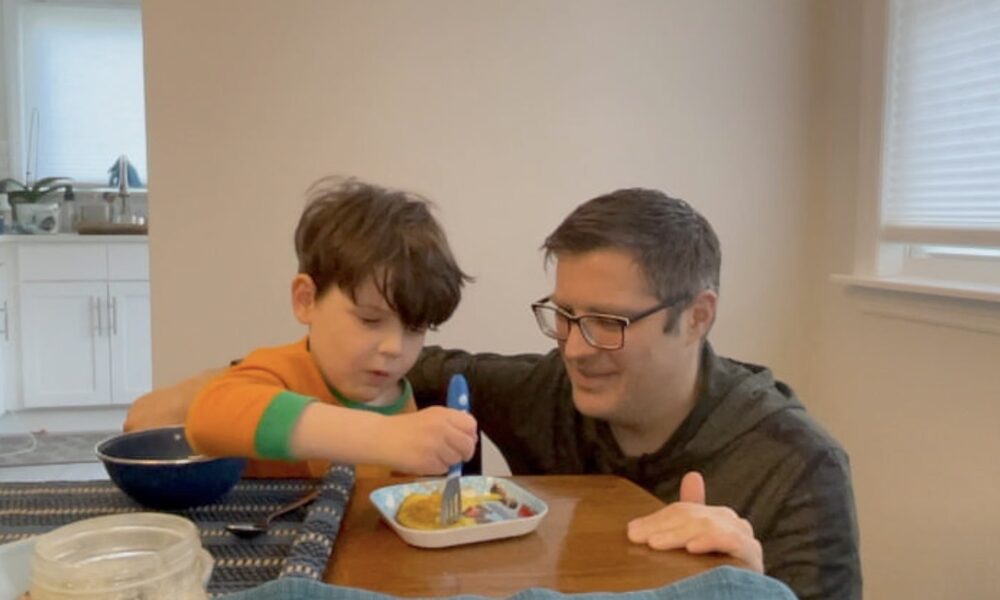
But when that delicious looking and smelling food was on the table, would he try it? Or did he just eat plain white rice with soy sauce (not a Costa Rican variety, for the record)?
You guessed it! He is a rice and soy sauce kind of kid.
Once the honey came out to add to the corn pancakes, he got a bit more open and enjoyed these sweet pancakes with sweet nectar on top. I wonder if we should get him checked out to see if he has a sweet tooth?
NEXT TIME

From a rich coast (Costa Rica) to an Ivory Coast. Next time, we are headed for another coast – this time we’re looking for some Ivory along the western shore of Africa. It’s the Ivory Coast, or Côte d’Ivoire.

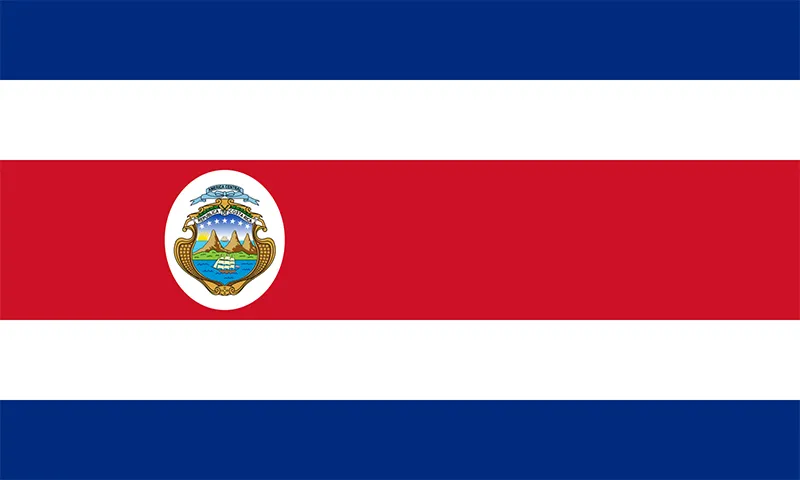

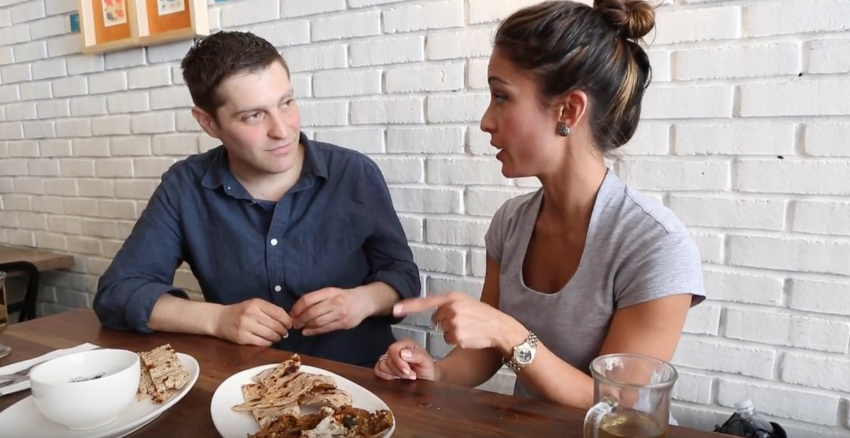

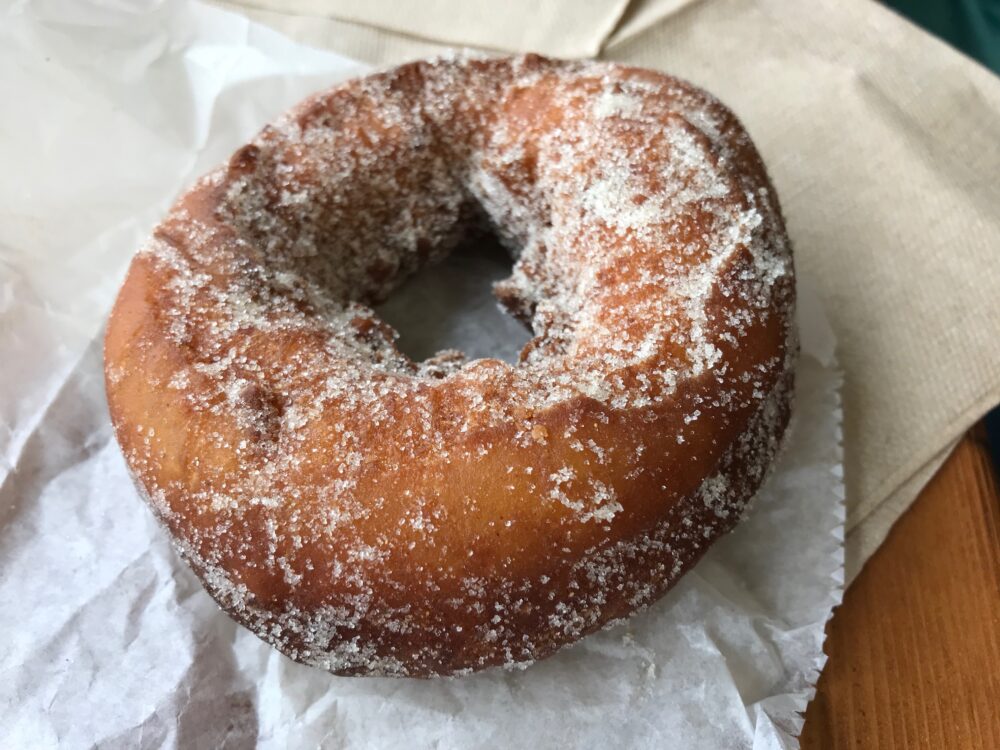
[…] Read more about Costa Rican cuisine: https://eatthisny.com/2023/09/14/web-series/video-how-to-cook-gallo-pinto-and-chorreadas-from-costa-… […]